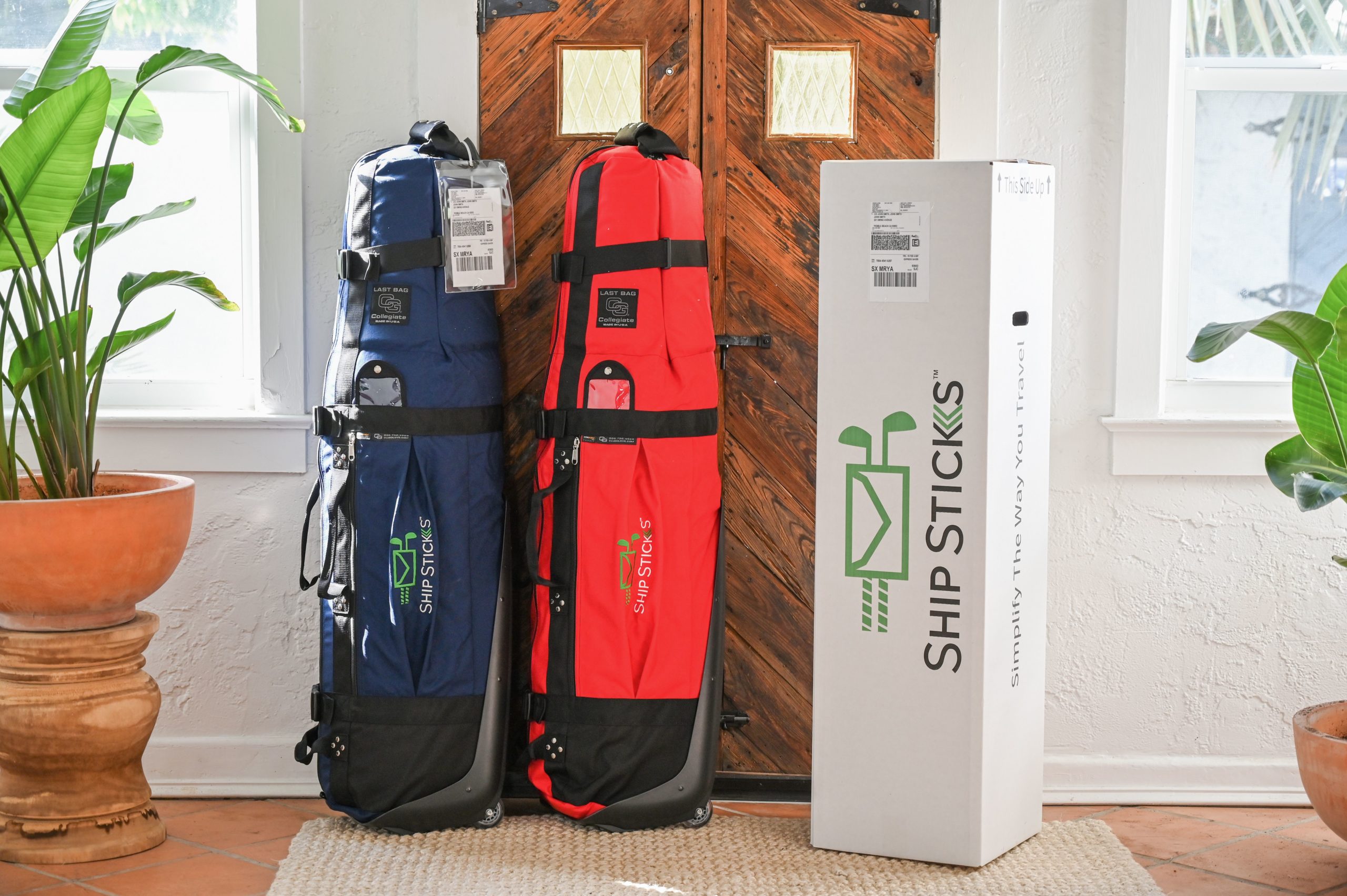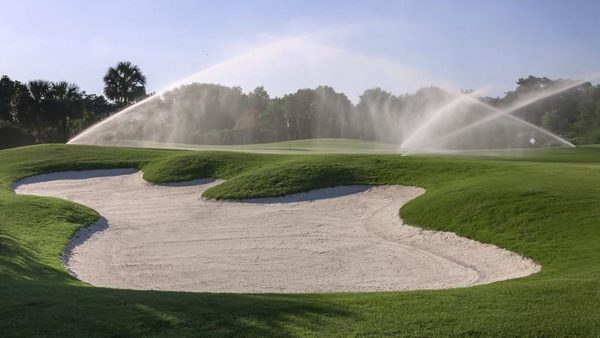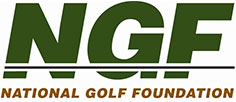NGF’s 2019 Golf Facilities Report
Market correction has been a familiar refrain in the golf course industry, but the big-picture reality is that it’s been more of a slow and steady trickle of closures than a deluge. The United States remains the world’s best-supplied golf market, by far, boasting 43% of courses globally.
At the end of 2018, there were 14,613 golf facilities in the U.S. with 16,693 courses, a net reduction of 1.2% in both categories from 2017.
NGF Members: Click Here to Download the Report
 The number of course closures has outweighed new openings for 13 consecutive years during the ongoing balancing of supply and demand. Since 2006, the cumulative reduction in the number of U.S. golf courses (18-HEQ) is 8%. By comparison, there was a 44% increase in the number of courses from 1986 through 2005. It was an unprecedented period of growth that coincided with a robust economy, a surge of interest driven in part by the play (and popularity) of Tiger Woods, and the desire to build golf courses to help sell homes.
The number of course closures has outweighed new openings for 13 consecutive years during the ongoing balancing of supply and demand. Since 2006, the cumulative reduction in the number of U.S. golf courses (18-HEQ) is 8%. By comparison, there was a 44% increase in the number of courses from 1986 through 2005. It was an unprecedented period of growth that coincided with a robust economy, a surge of interest driven in part by the play (and popularity) of Tiger Woods, and the desire to build golf courses to help sell homes.
Now, the demand for land to develop residential and commercial real estate is influencing the supply correction in golf.
Closures tend to be more value oriented, public facilities in the best-supplied areas. Florida, Texas, Ohio, California and New York had the most closures in 2018 and all rank among the top six states with the most golf courses.
Overall, the industry experienced the permanent closure of 198.5 courses (as measured in 18-hole equivalents) in 2018, seven fewer than the previous year. There were 12.5 (18-HEQ) new openings, as compared to 15.5 the previous two years.
RELATED: Facilities vs Courses – What’s the Difference?
Much of the new construction is found off the beaten path. Almost half (46%) of the new 18-hole courses that have opened in the U.S. over the past five years were built more than 50 miles from a major city (population 50,000+).
In 2018, this group included highly-regarded layouts such as Mammoth Dunes and the 17-hole Sandbox par-3 course at the Sand Valley Golf Resort in Nekoosa, Wisconsin; Sage Run at the Island Resort and Casino on Michigan’s Upper Peninsula; the Ohoopee Match Club in Cobbtown, Georgia; and Ozarks National at Big Cedar Lodge in Hollister, Missouri. Four of those five are open to the public.
Approximately 75 percent of all U.S. golf courses are open to all players, matching the highest public-to-private ratio in history.
The nationwide municipal facility count hit a record-high 2,515 in 2018, an increase attributable to some public agencies acquiring former privately-owned properties to control land use and/or to offer as an amenity to local residents.
High-end courses get a lot of attention, yet the game on the whole is affordable, with an average price of $35 for an 18-hole public round in the U.S. This cost is based on the average public, peak season weekend greens fee with cart, adjusted for discounts such as weekday rates, junior/senior discounts, walking, and time of day. Excluding resort courses, the average greens fee drops to $31.
While new course construction remains very limited, investment within the industry is noteworthy. Over the past 13 years, there have been an estimated 1,200 major renovation projects that have resulted in more than $3.5 billion of investment. This figure accounts only for major overhauls – projects in which a minimum of nine holes were closed for at least three months – and doesn’t factor in the minor rehabilitation projects occurring throughout the industry intended to make courses more playable and enjoyable.

The renovation of the Great Waters course at Reynolds Lake Oconee in Georgia.
The outlook for 2019 is expected to be similar to recent years, with the closure of approximately 1% to 1.5% of the total supply in a further balancing of supply and demand. New course openings will be limited in a competitive environment – approximately 10 to 20 nationally – while major renovation projects continue to be the significant form of investment in the market, strengthening the existing supply.
Short Game.
"*" indicates required fields
How can we help?
NGF Membership Concierge

"Moe"
Learn From NGF Members
 Ship Sticks Secrets to a Hassle-Free Buddies Golf Trip
Ship Sticks Secrets to a Hassle-Free Buddies Golf Trip
Whether you’re the head planner of your upcoming buddies golf trip or simply along for the ride, we’ve gathered a few easy ways to keep everyone in your group happy.
Read More... Golf Course Turf, Soil and Water Quality Diagnostic Testing
Golf Course Turf, Soil and Water Quality Diagnostic Testing
As humans, we see our primary care physician on a regular basis to proactively evaluate our vital signs. Likewise, a superintendent should perform frequent diagnostic testing on their golf course.
Read More... Unlocking Distance: Launch Conditions and Angle of Attack
Unlocking Distance: Launch Conditions and Angle of Attack
We’ve long known that higher launch and lower spin is a powerful combination for generating consistently long and straight tee shots. A key factor in optimizing launch conditions, one often overlooked, is ...
Read More...





